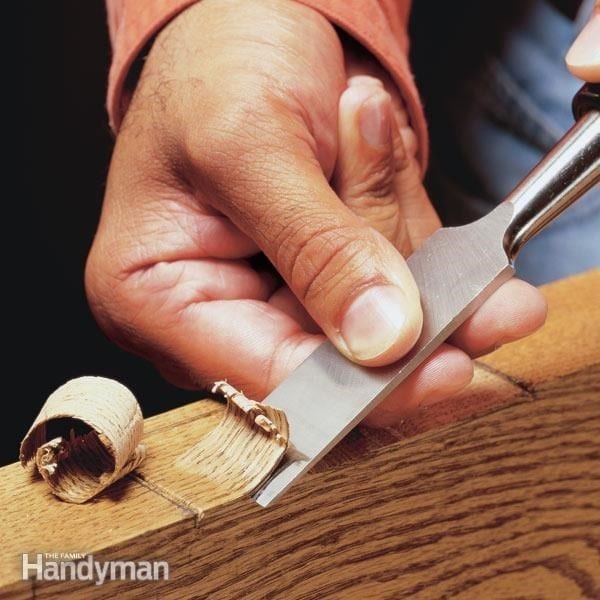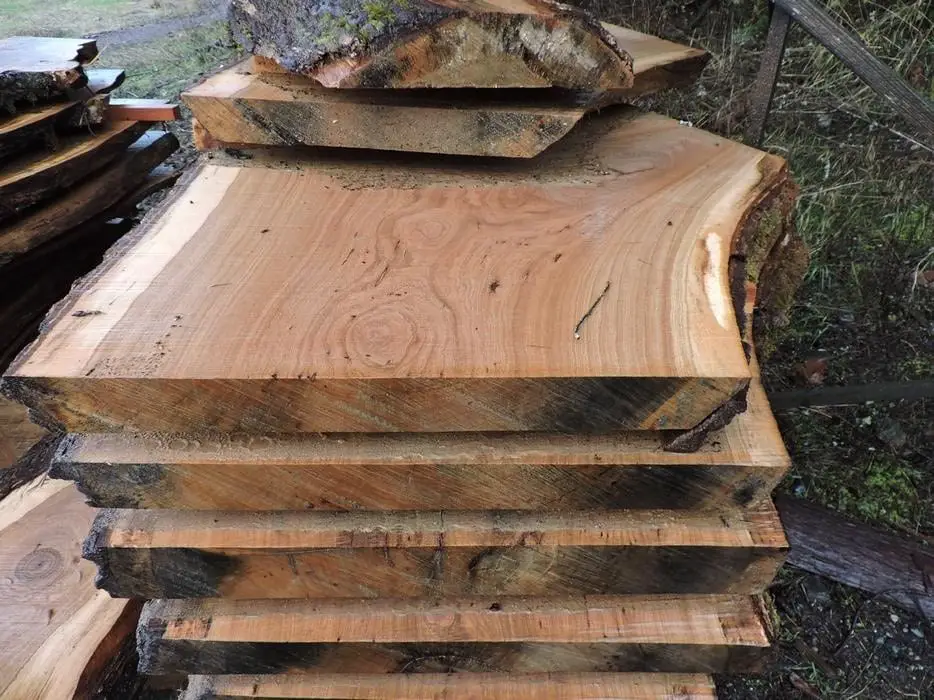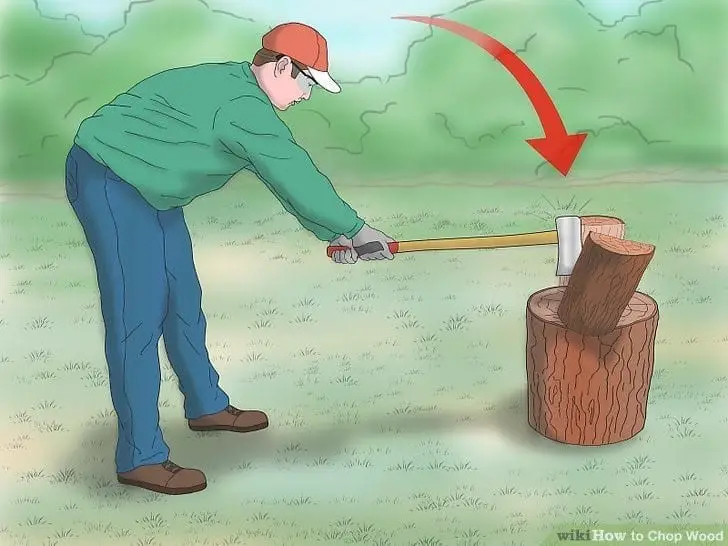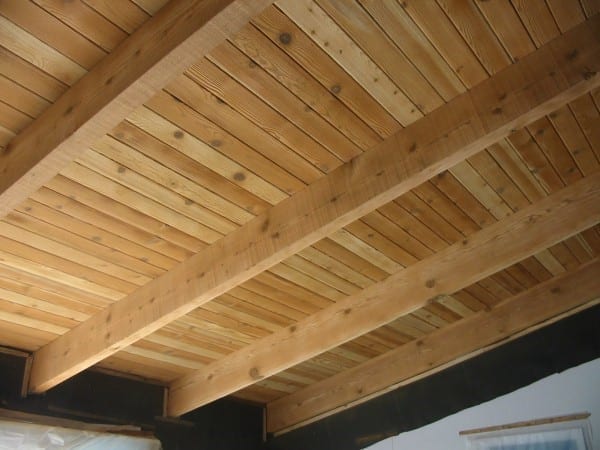
Image credit: Instructables
If you are a woodworker then one of the most important tools that you can have is the chisel. You need to know how to use this indispensable tool so that you are able to make the most off it as well. A sharp chisel will enable you to cut mortises, chop out corners, shave rough surfaces and scrape off the glue. In this article, however, we will be talking about the ways on how you are able to chisel wood.
Materials needed:
- A sharp chisel
- Utility knife
- A hammer
Steps on how to chisel wood
1) Mortise cuts

Image credit: Woodworker’s Journal
One of the ways that you are able to chisel wood is the mortise cut. You can do this by facing the bevel down. Push or tap the back of the chisel to remove thin slices. You can control the depth of the cut by raising and lowering the handle.
It is crucial to outline the mortises area with a sharp utility knife or by creating a series of shallow chisel cuts perpendicular to the surface. You need to do this process since you don’t want to risk the chances of chipping wood outside of the mortises. Remove thin slices by tapping the chisel with a hammer in order to carve out the wood inside the perimeter.
2) Paring cut

Image credit: The Family Handyman
Pairing cut is actually used in order to pair thin slices of wood to flatten the bottom of an open recess. You need to make sure that you will keep the back of the chisel flat on the wood. For you to be able to have an easier way of slicing, you will need to pivot the chisel as you cut to move the blade in the area. Face the bevel down when you are shaving into a piece of wood. If you have an access to the side and you want to flatten a cut, you need to face the bevel up and hold the back of the chisel tight into the surface.
3) Chopping cut

Image credit: The Family Handyman
The chopping cut is done in order to chop large amounts of wood by slicing off small amounts with each cut.
Strike the chisel down using a hammer and chop it down at around half an inch. Chisel from the end in order to remove the piece before continuing. It is important to make sure that you will have a sharp chisel to be able to do this one. Place the chisel alongside on cut edges and strike it hard with a hammer. This will remove wood from the notches. You need to remember that this one is not fine work and should be hidden by another board.
4) Chop and pare

Image credit: The Family Handyman
You can do this by starting to create a groove or a dado by sawing along both of the edges to your desired depth. Break the wood in the middle using your chisel. Space the cuts of the chisel at around half an inch apart. You need to chisel the dados out one bit at a time with a series of shallow cuts. This is better than driving the chisel too deep.
Understanding the sharpening basics
If you have old chisel with nicked or round tips then you will need to make sure that they will be sharpened. You can do this by using a belt sander or a grinder. This will remove knicks and sharpen the chisel back to its 25-degree angle. If you are utilizing a grinder, dip the chisel in water every two or three seconds. This will prevent the tip from overheating and turning blue. Once you will be overheating the tip then they will now stay sharp for long.
You now need to push the back of the chisel by rubbing it back and forth over a wet or dry sandpaper. Press the back perfectly flat to the paper. You need to use sandpapers that have 120, 220, 400 and 600 grit.
The final process that you need to do in sharpening your chisel is to set the honing guide. This will help you hold the chisel at 30 degrees angle. This will create a secondary level. Run the chisel into the grit starting with 220. Roll the chisel back and forth over the sandpaper until you are able to create a burr form on the back of the blade. You now need to turn the chisel over and strike it flat on the sandpaper. This will remove the burr. You need to repeat the process by using a finer grit sandpaper.
Conclusion
Knowing how to chisel wood is one of the basic skills that every woodworker must have. If you want to be efficient in your craft, see to it that you will know the right process to do it. Understanding the correct way on how to maintain your chisel is also crucial in making sure that you will have an efficient tool always.








